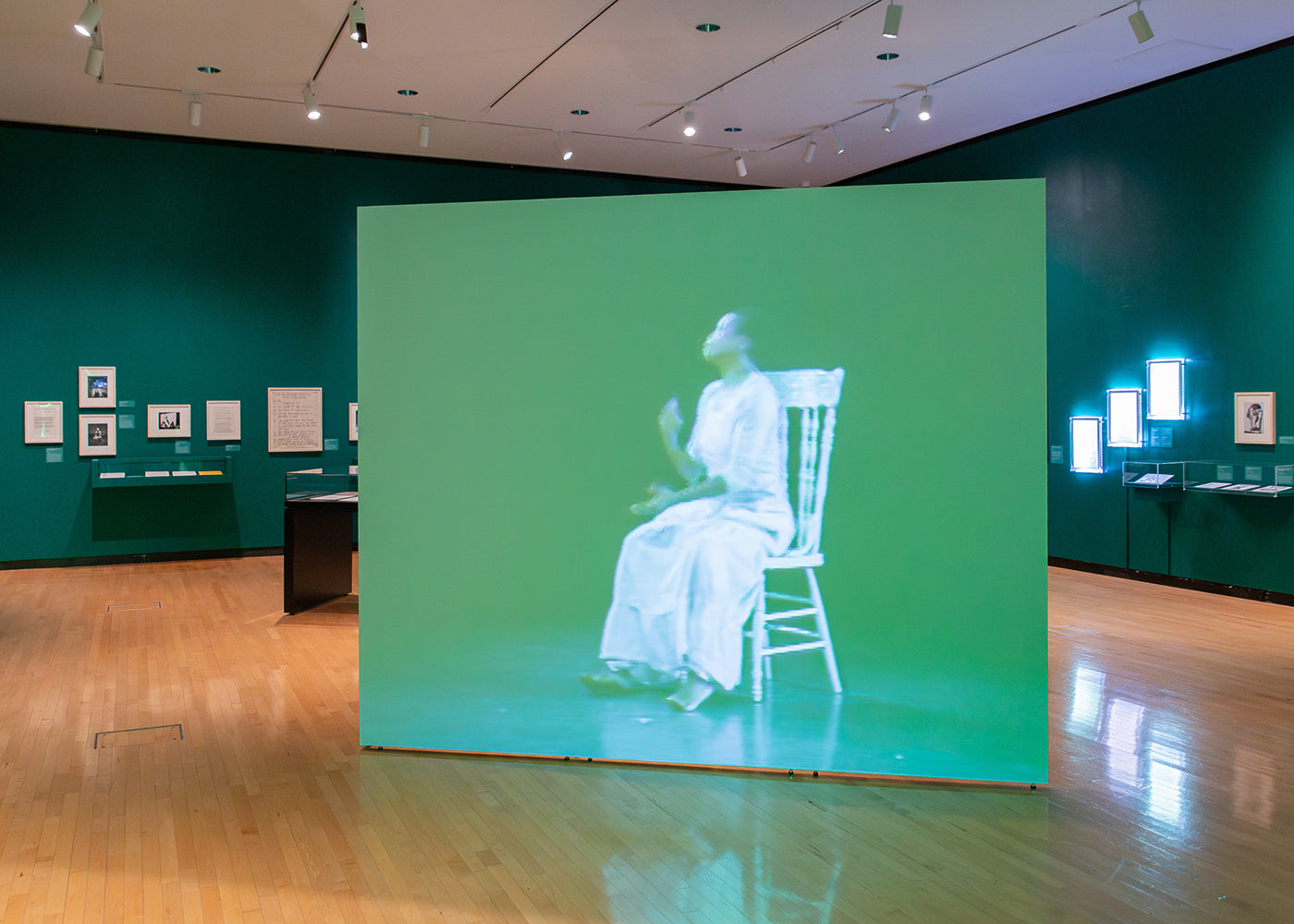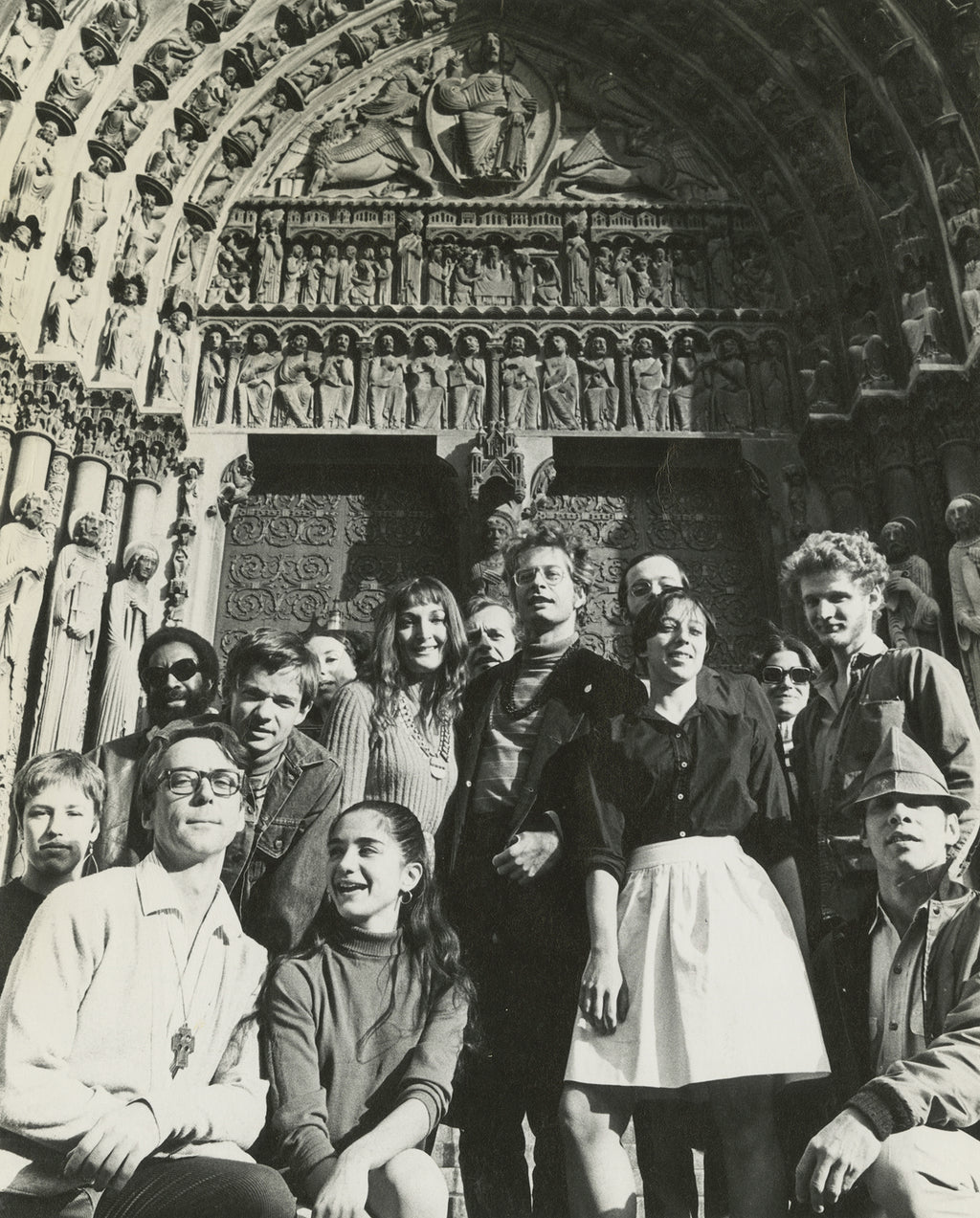“Room to Move,” on display until September 13th, follows Dance Theater Workshop's evolution from Duncan's modest beginnings through its many developments and into its current existence as New York Live Arts (DTW merged with the Bill T. Jones / Arnie Zane Company in 2010). The exhibit emphasizes Dance Theater Workshop's enormous reach: It was Dance Theater Workshop, under the direction of David White, which established the Bessie Awards in 1984; it was also DTW under White which developed the National Performance Network in 1985, an organization which helped determine fair wages and opportunities for touring, and still exists today (NPN is now based in New Orleans).
From its inception, Dance Theater Workshop's approach was holistic. “Room to Move” features newsletters and booklets printed and distributed by DTW during its early years under Dunn and co-founders Arthur Bauman and Jack Moore. One resource in the exhibit includes advice on production details and advertising, including “How to Do a Mailout.”
Duncan, Bauman, and Moore knew how to make the most of their community's talents. DTW published its own dance journal headed by Deborah Jowitt and Marcia Siegel and would host classes in dance criticism as well as in filmmaking, stage design, and more.
“Room to Move” displays a coloring book published by DTW featuring incredible sketches by Merce Cunningham, Mark Morris, Ralph Lemon, and others, which encouraged the work of choreographers who were also visual artists.
Delightful sketches from Remy Charlip, a visual artist who danced with Cunningham, Donald McKayle, Judson Dance Theater, and others, are also on display. Charlip's choreographic notations are whimsical, long-limbed faceless figures stretched out in exaggerated poses. Charlip's “Airmail Dances” appear similarly: Sent around on postcards, these brief choreographic notations challenged choreographers around the world to create new dances based on the figures' instructions.












comments